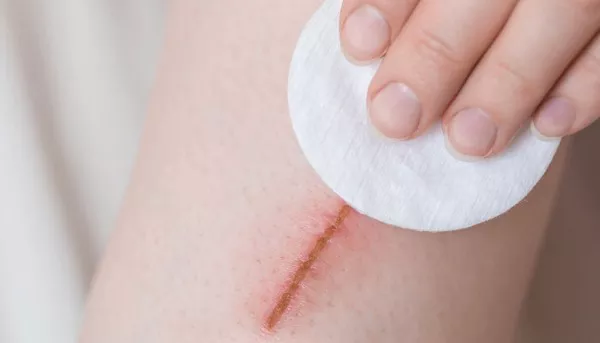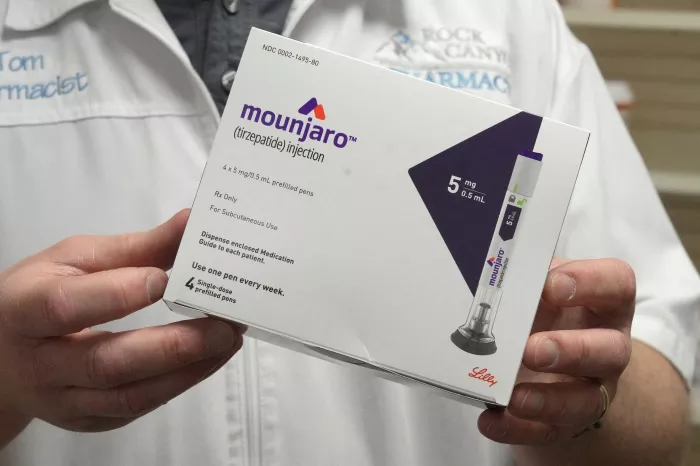Stitch marks, often left behind after surgeries or injuries, can be a source of concern for individuals seeking to minimize their visibility. While professional treatments exist, a growing interest in natural remedies has led many to explore home-based solutions for stitch mark removal. This comprehensive guide delves into the efficacy of home remedies such as Lemon Juice, Aloe Vera Gel, Potato Juice, and more. By understanding the science behind these remedies and their potential benefits, individuals can embark on a journey to reduce the appearance of stitch marks in the comfort of their homes.
Lemon Juice
Lemon juice, known for its high vitamin C content and natural acidity, is a popular home remedy for various skin concerns, including stitch marks. Vitamin C plays a crucial role in collagen synthesis, promoting skin elasticity and regeneration. Applying lemon juice directly to stitch marks is believed to aid in exfoliation, helping fade scars over time. However, caution is advised, as the acidity of lemon can be harsh on the skin. Diluting lemon juice with water and performing patch tests can mitigate the risk of irritation while harnessing its potential for scar reduction.
Aloe Vera Gel
Aloe vera gel, extracted from the leaves of the aloe vera plant, is celebrated for its soothing and healing properties. Rich in antioxidants and possessing anti-inflammatory effects, aloe vera gel is a promising remedy for stitch marks. Applying a thin layer of pure aloe vera gel to the affected area may help in reducing inflammation, moisturizing the skin, and promoting the healing process. The gentle nature of aloe vera makes it suitable for regular use, offering individuals a natural and comforting approach to stitch mark care.
Potato Juice
Potato juice, often underestimated in its potential, has emerged as a natural remedy for scar reduction, including stitch marks. The enzymes and vitamins in potatoes are believed to promote skin healing and regeneration. Extracting fresh potato juice and applying it to stitch marks may contribute to fading scars over time. Additionally, the mild nature of potato juice makes it a suitable option for individuals with sensitive skin. Regular and consistent application is key to unlocking the potential benefits of potato juice in the journey to remove stitch marks.
Cocoa Butter
Cocoa butter, derived from cocoa beans, is renowned for its moisturizing and nourishing properties. While commonly used for stretch marks, cocoa butter can also be a valuable ally in the quest to remove stitch marks. Regularly massaging cocoa butter onto the affected area helps in keeping the skin hydrated, improving elasticity, and potentially reducing the visibility of scars. The rich and emollient nature of cocoa butter makes it a popular choice for individuals seeking a natural and indulgent approach to scar care.
Vitamin E Oil
Vitamin E oil, celebrated for its antioxidant properties, is often incorporated into skincare routines for scar reduction. Applying vitamin E oil to stitch marks is believed to nourish the skin, promote healing, and contribute to the fading of scars. While research on the specific efficacy of vitamin E for scar reduction is mixed, many individuals find it to be a valuable addition to their skincare arsenal. Incorporating vitamin E oil into a holistic scar care routine may offer individuals an extra layer of antioxidant support in their quest to remove stitch marks.
Honey
Honey, a natural humectant with antimicrobial properties, is a versatile ingredient in skincare. Applying honey to stitch marks may help in keeping the skin moisturized, preventing infections, and supporting the healing process. The natural enzymes in honey contribute to its potential for scar reduction. Whether used alone or in combination with other ingredients, honey provides individuals with a sweet and gentle option for stitch mark care. Its versatility allows for various application methods, from direct application to the creation of homemade masks.
Lavender Oil
Lavender oil, known for its calming aroma and potential therapeutic benefits, is gaining recognition for its role in scar reduction. While not as extensively studied as some other remedies, lavender oil’s anti-inflammatory and antimicrobial properties make it an interesting option for individuals looking to remove stitch marks. Diluting lavender oil with a carrier oil and applying it to the affected area may offer a soothing and aromatic approach to scar care. As with any essential oil, patch testing is advisable to ensure compatibility with individual skin types.
Egg Whites
Egg whites, rich in proteins and amino acids, are a popular remedy for promoting skin health and potentially reducing the appearance of scars, including stitch marks. Applying whipped egg whites to the affected area creates a tightening effect on the skin, contributing to improved elasticity. While the evidence on the effectiveness of egg whites for scar reduction is anecdotal, some individuals find it to be a valuable addition to their skincare routine. The protein-packed nature of egg whites makes them a nutrient-rich option for those seeking natural remedies.
Rosehip Seed Oil
Rosehip seed oil, derived from the seeds of wild rose bushes, is hailed for its anti-aging and skin-renewing properties. Rich in vitamins, antioxidants, and essential fatty acids, rosehip seed oil is considered a potent ally in scar reduction. Applying rosehip seed oil to stitch marks may contribute to improved skin texture, hydration, and the fading of scars. Its lightweight and non-greasy nature make it a suitable option for regular use, offering individuals a natural and rejuvenating approach to removing stitch marks.
Patience in the Healing Process
While home remedies offer a natural and accessible approach to scar reduction, it’s important to manage expectations and recognize that results may vary among individuals. The healing process takes time, and consistent application of chosen remedies is key to gradually reducing the visibility of stitch marks. Embracing the journey with patience allows individuals to appreciate the progress and improvements over time.
Consulting with Dermatologists
For those navigating persistent or complex scar concerns, including stitch marks, consulting with dermatologists provides professional guidance tailored to individual needs. Dermatologists can assess the nature of the scars, recommend suitable treatments, and offer insights into the compatibility of home remedies with specific skin types. In some cases, dermatologists may suggest medical-grade treatments or procedures to address scar concerns more effectively.
Conclusion
In conclusion, the journey to remove stitch marks through home remedies opens up a realm of empowering choices for individuals seeking natural and accessible solutions. Whether it’s the citrus power of lemon juice, the soothing embrace of aloe vera gel, or the nourishing properties of potato juice, each remedy offers a unique approach to scar reduction. As individuals explore these remedies, they embark on a path of self-care, taking charge of their scar care routine and embracing the potential benefits of nature’s healing elements.
Understanding the science behind each remedy, exercising caution with application, and prioritizing consistency are key elements in harnessing the efficacy of home remedies for stitch mark removal. With a thoughtful and informed approach, individuals can unlock the potential of these remedies, turning their scar care routine into a positive and uplifting experience.
[inline_related_posts title=”You Might Be Interested In” title_align=”left” style=”list” number=”6″ align=”none” ids=”3290,3260,3296″ by=”categories” orderby=”rand” order=”DESC” hide_thumb=”no” thumb_right=”no” views=”no” date=”yes” grid_columns=”2″ post_type=”” tax=””]
































